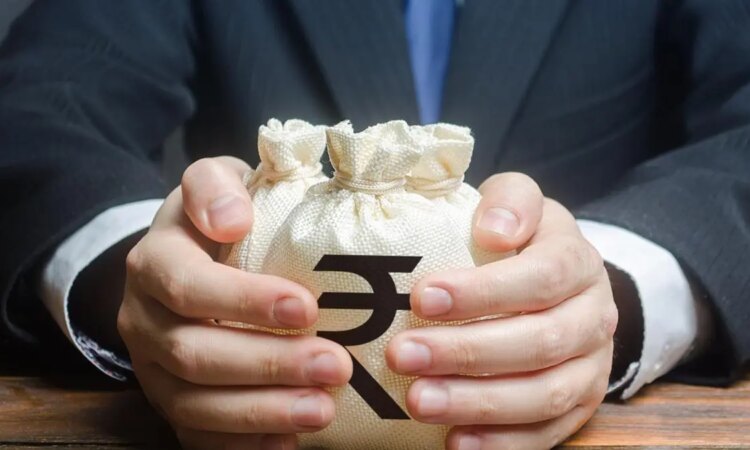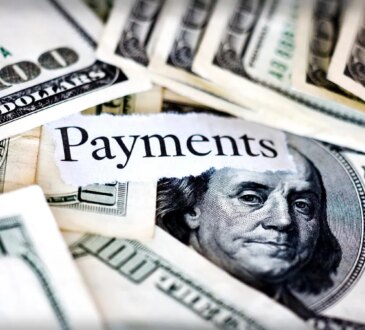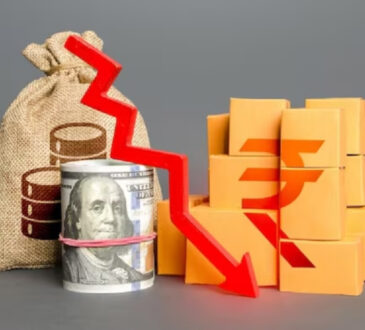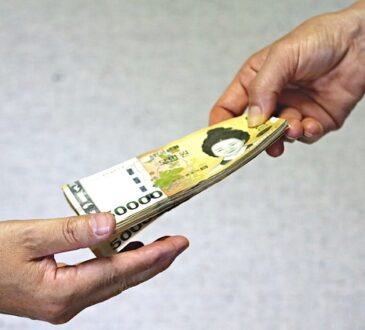
India’s central bank is taking active steps to allow free-trade partners to settle transactions with it more easily in the rupee, a person familiar with the matter said, a move that could help boost the local currency over time.
Initial steps include establishing direct rupee rates that don’t rely on a third currency, such as the US dollar, for cross-reference, said the person familiar with the central bank’s thinking, asking not to be named because the discussions are private.
Earlier this month, the Reserve Bank of India said it will establish reference rates for the UAE’s dirham and Indonesia’s rupiah, adding to existing links with the US dollar, Japanese yen, euro, and British pound. The central bank is also actively developing reference rates for its neighbors and Mauritius, the person said.
The moves are part of Prime Minister Narendra Modi’s effort to push greater use of the rupee in international transactions, mirroring similar efforts by China and other regional peers. Greater local currency use lowers risks and costs for companies, reduces the need for holding higher foreign exchange reserves and makes the economy less vulnerable to external shocks.
India sees having a credible international currency as vital to its goal of becoming a “developed nation” by 2047. The International Monetary Fund expects the South Asian nation to surpass Japan as the world’s fourth-largest economy this year and overtake Germany to rank third by 2027-28.
India also views a multi-currency regime as a stable and desirable option for global trade settlements, the person said.
The RBI did not immediately reply to an email requesting for comment.
The rupee is Asia’s worst-performing currency after the rupiah this year. The Indian currency has been weighed by near-record outflows from local stocks amid concerns over exceptionally high US tariffs. The central bank recently stepped in to the market, with heavy dollar sales by the authority helping the currency reverse some losses.
India has free-trade agreements with more than a dozen countries and blocs, including deals signed with the UK, Australia, and the UAE in recent years. The country is also negotiating similar agreements with the US, the EU, Peru, Oman, and New Zealand, among others.
In addition, India has six preferential trade agreements, while members of the European Free Trade Association — Iceland, Liechtenstein, Norway, Switzerland — and India signed a comprehensive Trade and Economic Partnership Agreement in March 2024.
India is actively discussing rupee invoicing in all such negotiations, the person said.
It’s a difficult balancing act as New Delhi wants to avoid having the moves seen as a push for de-dollarization. US President Donald Trump has repeatedly attacked the BRICS grouping of nations, accusing it of trying to develop a common currency to undermine the dollar. India has denied any such intent.
“The focus of authorities is on internationalization of the rupee by increasing its usability for trade and capital transaction among neighboring countries,” said Gaura Sen Gupta, chief economist at IDFC FIRST Bank. “It’s never been portrayed as a de-dollarization move.”
It’s been three years since India first articulated its ambition of popularizing rupee use outside its territory. A central bank report on the rupee’s internationalization, made public in 2023, included expanding currency swap arrangements and bilateral trade agreements, leveraging the Asian Clearing Union for regional settlements and integrating Indian payments with other countries as short-term goals.
India currently doesn’t feature among the top 20 global payment’s currencies, according to latest Swift data. The dollar leads with a 46.94 per cent share, while emerging market currencies such as the Mexican peso, Thai baht and Malaysian ringgit are all in the top 20.
More stories like this are available on bloomberg.com
Published on October 20, 2025



